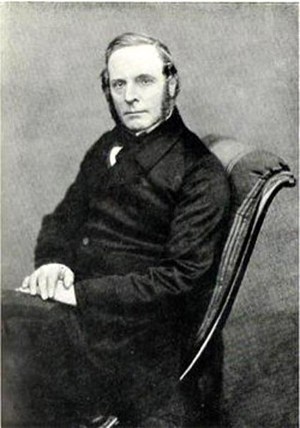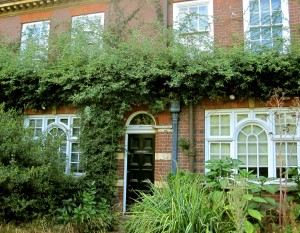The Curator

Robert Fortune (1812-1880), was the inspiration for my visit to the garden. His tenure at CPG was short, but his notoriety as a tea hunter eclipsed the more prominent horticultural patrons and elites of the garden (Dr. Hans Sloane and Sir Joseph Banks). For some tea enthusiasts, Robert Fortune is as highly revered as Lu Yu, the Tang Dynasty tea scholar. No other westerner has the distinction of committing the first recorded event of agricultural espionage, paving the way for tea for the masses.
The Scottish-born botanist and famous tea spy rose from humble beginnings to respected horticultural luminary, beginning with his hard work at Edinburgh’s Botanic gardens and on to the Chiswick Gardens in London. While he was there, the Royal Horticultural Society of London sent him on his first botanical excursion to China.
Largely due to the success of that expedition he was invited to become Chief Curator of the Chelsea Physic Garden. He held this post for only two years, from 1846-1848. In that short period, Fortune made sweeping improvements. Upon his arrival the garden was full of weeds, sick plants and in disarray, he set about rearranging plantings, weeding and building new glass houses for the ailing plants. He was very orderly in the layouts of plantings in the garden. I doubt that any remnants of his planting arrangements exist today. There are now large lawn spaces in the gardens, no doubt to accommodate the many events that take place.


Fortune excelled as curator but destiny had other plans for him. As I stood at the main gates facing the Thames (they are only used when the Queen visits), I imagined Fortune standing in the same spot on that day in May 1848 when Dr. John Forbes Royle, a fellow Scotsman and botanist, invited Fortune to return to China, this time as a tea hunter for The East India Company. The terms were generous. How could he say no? He left in early Autumn. …CONTINUE TO PART III CONCLUSION


